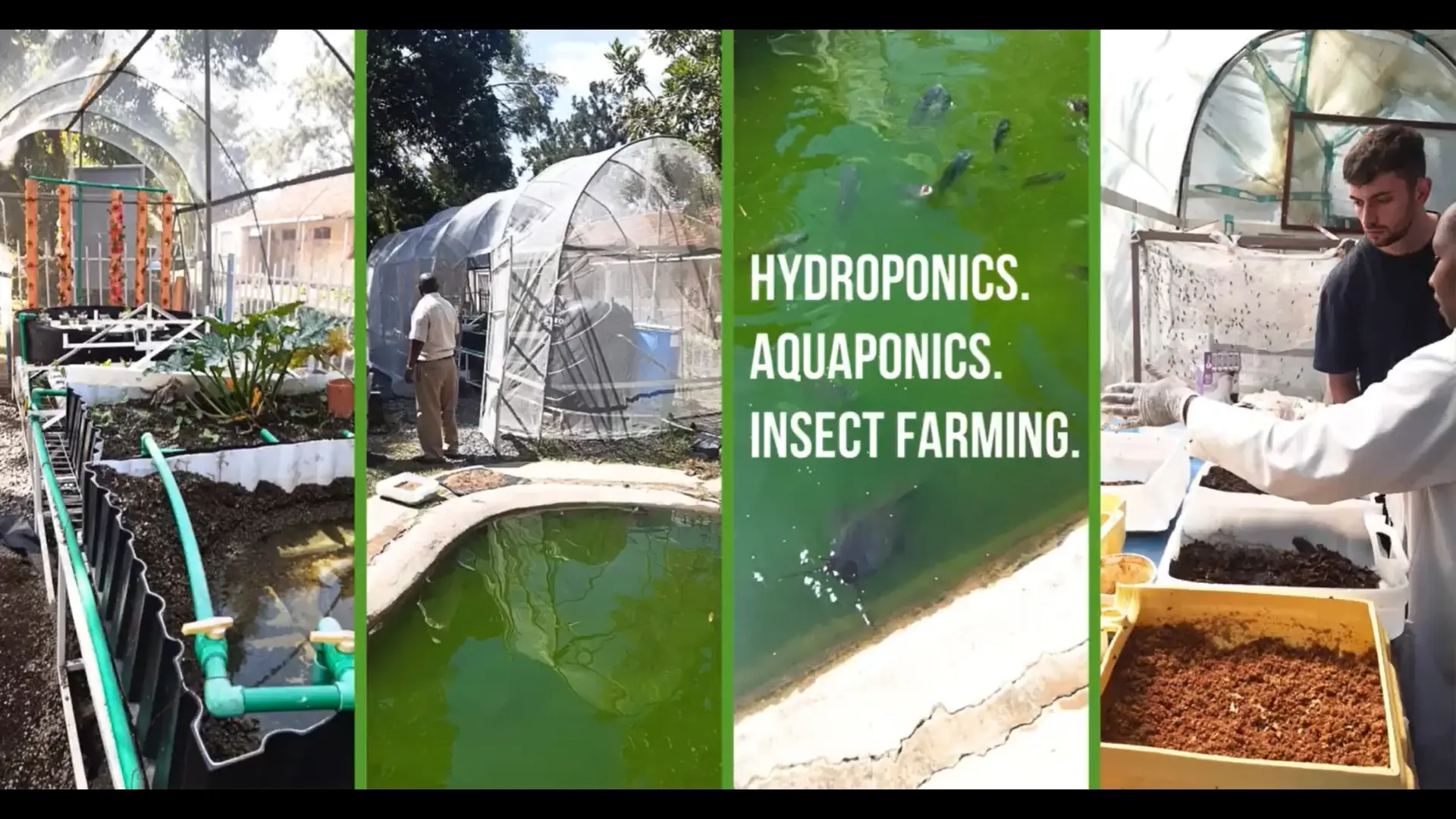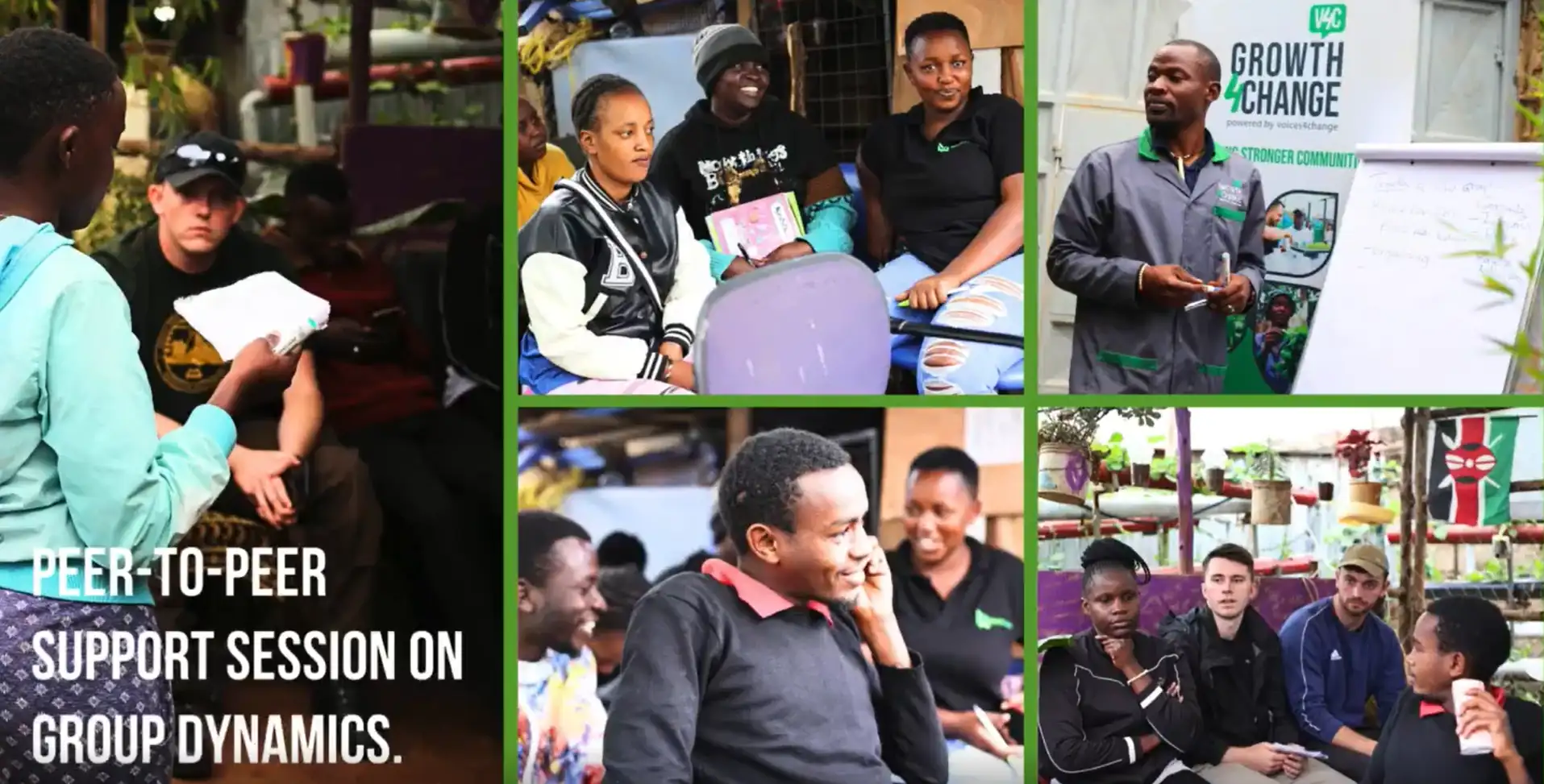It started with a question: Could a hydroponic system really work at household level, especially in urban spaces where soil and space are limited?
Where It All Began
We didn’t just want to theorise, we wanted to test, see, and grow. So, we built a simple Ebb and Flow hydroponics table in one household using repurposed materials. It wasn’t fancy, but it worked. That early success showed us that food security, even in informal settlements, was possible with creativity, commitment, and the right systems.
And most importantly, it proved that innovation doesn’t have to be imported, it can be built with what’s already around you.
The Spirit of Ghetto Engineering
At the heart of this journey was what we proudly call the “Ghetto Engineer” mindset, the ability to take locally available, often discarded materials and turn them into solutions. This approach isn’t just cost-effective, it’s transformational. It redefines waste, restores dignity, and gives people the tools to become designers of their own solutions.
Scaling Through Community:
After proving the system at household level, we took the next step: partnering with three community groups in different parts of the Eastlands of Nairobi.
Each location brought its own energy, insights, and space constraints. Instead of rolling out one solution, we co-designed and adjusted the systems based on the mission and conditions of each group. The diversity of voices made the process richer and more grounded.
To understand what worked best across different spaces, we explored three hydroponics setups:
- NFT (Nutrient Film Technique) – efficient and ideal for leafy greens.
- Vertical drip irrigation system – great for compact spaces and minimal water use.
- Vertical wall system – low-cost, simple, and perfect for households with zero ground space.
Each system was built with local materials and the Ghetto Engineer mindset, balancing innovation with what was readily available and easily maintainable.
What We Learned
The process taught us that:
- Space is never the limitation, mindset is.
- Repurposing materials isn’t a compromise, it’s creativity in action.
- Real change starts small, and with the right conditions, it scales naturally.
Looking Back and Ahead
From one backyard prototype to multiple community-driven systems, this journey was never just about hydroponics. It was about reimagining what’s possible in places that are often overlooked.
It was about trusting in people’s ability to create, adapt, and lead, even with limited resources. It was about lifting the power of local knowledge and embracing the brilliance of Ghetto Engineering.















